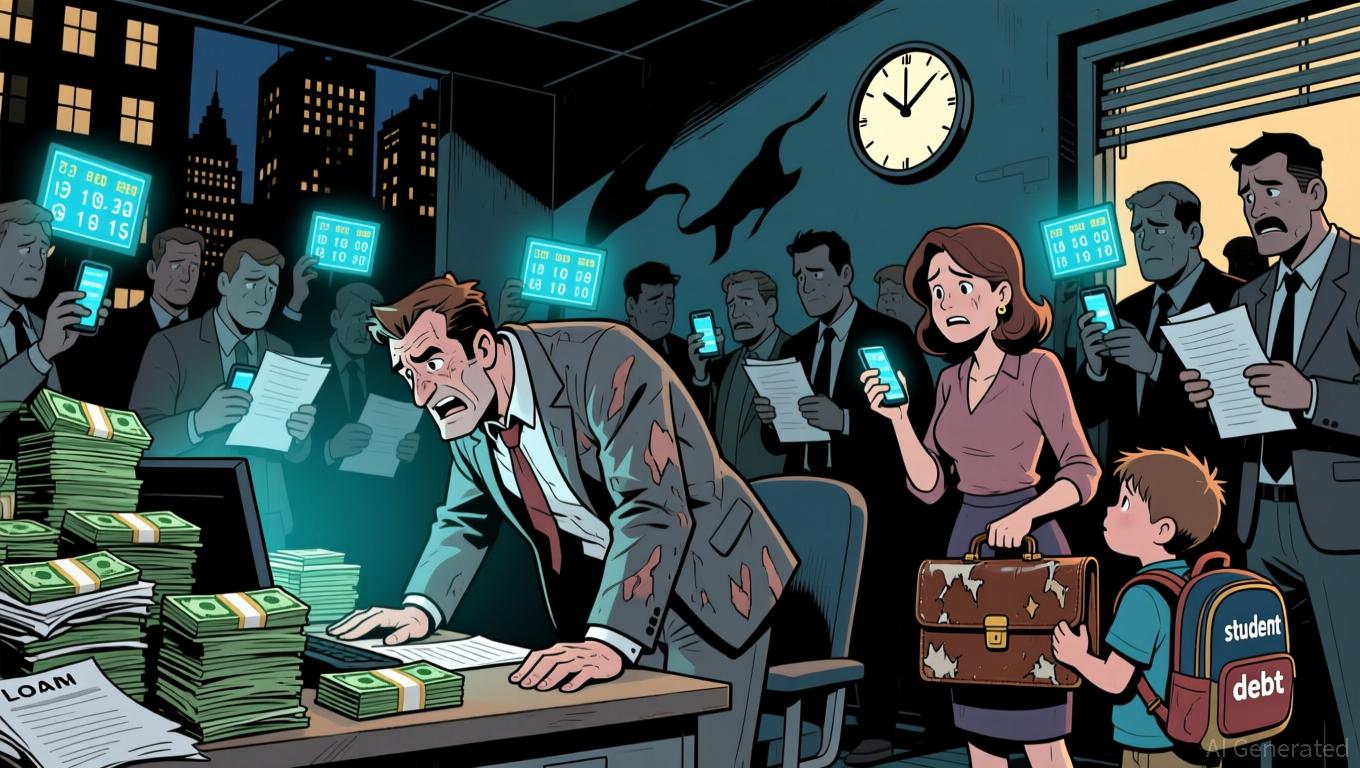YFI - Decreased by 44.53% Year-Over-Year as of November 6, 2025 During Ongoing Decline
- YFI fell 0.6% in 24 hours, extending a 44.53% annual decline amid sustained market pressures. - Analysts note bearish technical signals: oversold RSI, weak buying pressure, and failure to breach key moving averages. - A backtesting strategy examines historical 10%+ single-day drops to assess YFI's post-decline recovery patterns and risk profiles.
As of November 6, 2025,
Although there have been no recent events directly influencing YFI mentioned in the news, traders have been paying close attention to its technical indicators. Experts observe that the token’s recent price movements have not indicated a reversal, as it remains below significant moving averages. The continued slump raises doubts about YFI’s potential to regain upward momentum soon. Analysts suggest that a substantial recovery would likely require a catalyst beyond current price trends, such as a general market upswing or significant improvements within the YFI ecosystem.
Key technical tools used to assess YFI’s price direction include moving averages, the relative strength index (RSI), and trading volume. The current RSI reading points to oversold conditions, but the absence of strong buying interest keeps the outlook bearish. YFI has also failed to surpass its 200-day moving average, a crucial psychological barrier, which further supports the negative sentiment.
Backtest Hypothesis
Based on YFI’s technical setup, a backtesting approach might examine past instances where the token dropped by 10% or more in a single day. The goal would be to determine whether these sharp declines historically resulted in notable recoveries or if the downward trend persisted. This would involve pinpointing dates with 10%+ single-day losses and reviewing the price performance in the following days (such as 5, 10, or 30 days later).
Performance analysis would center on recovery rates, largest subsequent losses, and risk-adjusted returns, providing a clearer picture of how YFI typically behaves after significant drops. Such insights could help investors decide whether to pursue short-term contrarian trades or adopt longer-term risk management strategies.
Disclaimer: The content of this article solely reflects the author's opinion and does not represent the platform in any capacity. This article is not intended to serve as a reference for making investment decisions.
You may also like
Supreme Court Decision on Tariffs May Require $140 Billion in Refunds and Prompt Federal Reserve to Lower Rates
- UBS warns a Supreme Court ruling against Trump's tariffs could force $140B refunds, straining U.S. fiscal resources and prompting potential Fed rate cuts. - The refunds stem from 39% Swiss tariffs deemed potentially unlawful, with fiscal impact equivalent to 7.9% of 2025's projected budget deficit. - Legal challenges highlight executive overreach risks, while reduced tariffs could boost consumer spending and ease inflation, creating room for Fed easing. - Swiss business leaders have lobbied Trump to lowe

Ethereum Updates: TRON's GreatVoyage: Strengthening USDT's $122B Network to Compete with Ethereum

Arm's Low-Power Architectures Overcome AI Energy Constraints, Fuel 34% Growth in Revenue
- Arm Holdings reported $1.14B Q3 revenue, 34% YoY growth surpassing forecasts, driven by AI/data center demand. - Royalty revenue rose 21% to $620M while licensing revenue jumped 56% to $515M, reflecting strong IP adoption. - Strategic shift to develop full-chip solutions via Compute Sub Systems aims to compete with Nvidia/Amazon in AI hardware. - Parent company SoftBank explored Arm-Marvell merger to strengthen AI infrastructure, highlighting industry consolidation trends. - 20 "buy" ratings and $155 pri

Fed Faces a Choice: Boost Growth or Curb Mounting Debt?
- U.S. household debt hit $18.59 trillion in Q3 2025, driven by rising credit card, student loan, and home equity debt with delinquency rates at multi-year highs. - The Fed initiated rate cuts amid slowing job growth but faces a dilemma: easing economic strain risks inflating a consumer debt bubble while tightening worsens defaults. - Retailers, banks, and auto lenders face fallout as discretionary spending declines and loan defaults rise, while essential goods and debt collectors see increased demand. - P
